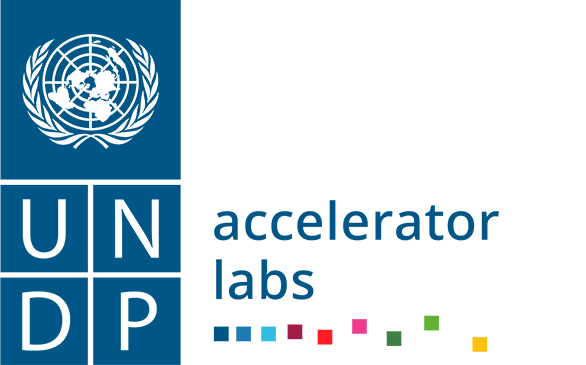How to use this toolkit
Download
You can download file from here.
You can also download a sample pdf from this link
Glossary
We use the metaphor of the toolkit to emphasize the operational, enabling nature of the work you are reading right now. The following words are used throughout it a metaphorical sense:
- The Toolkit is a set of resources and their documentation materials meant to help people and organizations who want to support innovation ecosystems.
- The toolkit contains tools. Each tool consists of one or more resources. Each resourcecomes with a factsheet.
- A resource is a document that can be re-used, in part or as a whole. Examples are talking points or slide decks to argue for supporting innovation ecosystems; workplans and lists of deliverables to achieve operational status for a government innovation unit; agendas for workshops meant to socialize key concepts around innovation with senior civil servants; curricula for courses on key skills useful to employees of an innovation unit.
- A factsheet is a resource’s metadata. It explains what the resource is good for; what it is not good for; the context in which it was produced; how much money and time you will need to deploy it, and so on. You will also find a reference to the person or people who created the resource in the first place.
Values and attitude
Values
This toolkit was produced in the cultural context of UNDP’s Accelerator Labs and Chief Digital Office. It inherits their culture of deep listening, immersion within the everyday reality of the Global South, respect for grassroots innovation, openness, and epistemological humility. It does not seek to provide turnkey solutions, but to share the knowledge accumulated along the way, in the hope of making the task of supporting innovation ecosystems a little less difficult.
Support, nurture and take stock
Innovation is an important ingredient of development. It helps national communities find ways to confront new, emerging challenges, and new ways to confront old ones.
Innovation is rarely done in isolation. Behind any successful innovation stands a plurality of agents (businesses, government agencies, education establishments…), and artifacts (legal frameworks, physical infrastructure, market institutions, financial services…). This is why we talk of innovation ecosystems, using a metaphor from ecology. Just like with actual ecosystems, innovation ecosystems are healthier when they are denser (more individual animals and plants) and more diverse (more species thereof).
For this reason, good interventions on innovation are supportive and nurturing of national actors. Before you make a decisive move, it’s a good idea to take stock of what is already there. In this toolkit you will find resources to help you design and run a mapping exercise.
Don’t compete with extant actors
If you see actors performing a role in an innovation ecosystem, do not try to outcompete them. Maybe someone is running an incubator, or an innovation challenge; even if you think you can do better than them, it is almost always a bad idea to launch your own initiative. Rather than replace, add to the system: maybe provide something they are not doing yet, or launch an initiative to help them do better. This makes ecological sense; also, it makes your initiative more politically acceptable, and hopefully welcome.
Don’t try to control
Like all complex systems, an innovation ecosystem cannot be controlled. You are a contributor to it, not its boss. Listen, stay open, seek alignment, put actors in line of sight of one another.
How to proceed
Decide what you want to do and browse the catalogue
The tools in this kit are labelled according to function. So, in the catalogue you will find tools with names like “How to map the innovation ecosystem” and “How to take a newly created innovation unit to fully operational status”. If one of these labels is right for you, look at the tools themselves.
Tools are sorted into into four main categories, based on the requests that UNDP’s government partners have brought to the Accelerator Labs in the period 2019-2022. Tools within the same category combine naturally.
Read the factsheet
The factsheet contains information you can use to decide if a tool is useful to you after all. Is it function aligned with your own purpose? Is it compatible with your time and money budget? Did its deployment run into problems, and how were they addressed? And so on.
Use the resources
If the factsheet convinces you, you can move on to the resource itself. This might be a slightly harder read (it was not written with your case in mind!), and almost certainly you will need to make changes to it. Hopefully that still saves you time and effort with respect to starting from scratch.
Ask for support
All resources have an author. The ethos of UNDP’s Accelerator Labs and Chief Digital Office is one of sharing knowledge, so you can reach out to the author if you need more information and support.
Refer to the pdf this link
